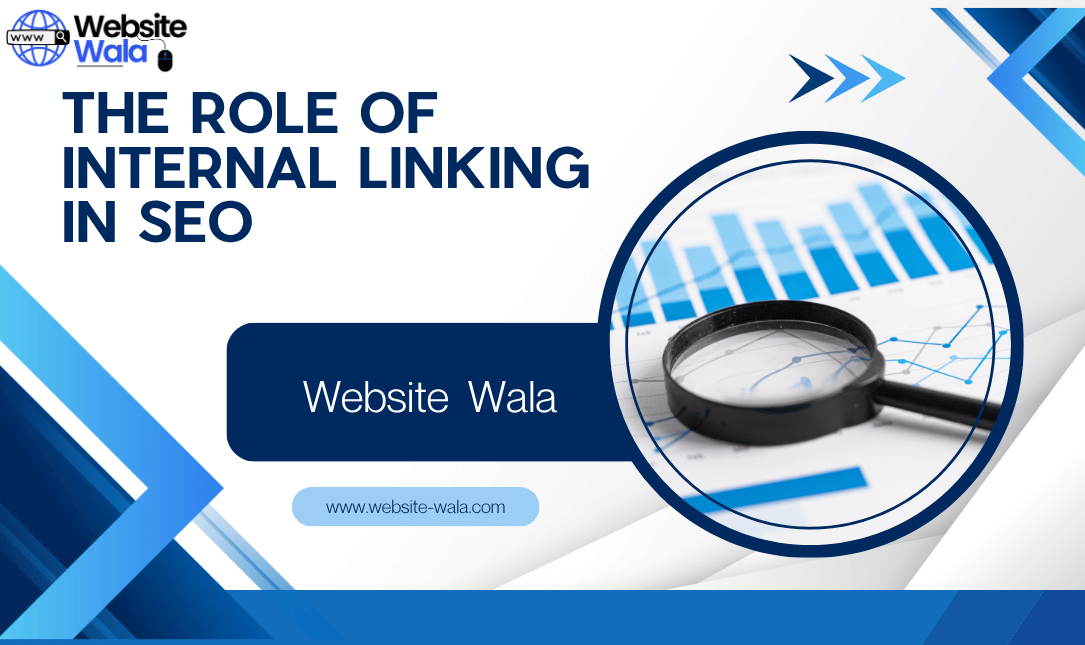
Learn how to optimize your WordPress database to improve your website's performance and speed. Follow these steps to clean up and optimize your database for better results.
How to Optimize Your WordPress Database
Having a well-optimized WordPress database is essential for ensuring that your website runs smoothly and efficiently. A cluttered and inefficient database can slow down your site's performance, affect its speed, and even lead to errors and downtime. By regularly cleaning up and optimizing your WordPress database, you can improve your website's performance and provide a better user experience for your visitors. In this article, we will discuss the steps you can take to optimize your WordPress database effectively.
Why Optimize Your WordPress Database?
Before we dive into the steps for optimizing your WordPress database, let's first understand why it is important to do so. Your WordPress database stores all the essential data for your website, including posts, pages, comments, settings, and user information. Over time, as you add more content and make changes to your site, your database can become cluttered with unnecessary data, such as post revisions, spam comments, trashed items, and expired transients.
This accumulation of unnecessary data can slow down your website's performance as it increases the size of your database, impacting the speed at which your site loads and functions. By optimizing your WordPress database, you can remove this excess data, clean up your database tables, and ensure that your site runs efficiently.
Steps to Optimize Your WordPress Database
Now that we understand the importance of optimizing your WordPress database let's look at the steps you can take to clean up and optimize your database for better performance:
1. Backup Your Database
Before making any changes to your WordPress database, it is crucial to back up your data to prevent any potential data loss. You can use plugins like UpdraftPlus or BackupBuddy to create a backup of your database and files. In case anything goes wrong during the optimization process, you can restore your website to its previous state using the backup.
2. Delete Unused Plugins and Themes
Unused plugins and themes can take up valuable space in your database, even if they are not active on your site. Delete any plugins and themes that you are not using to free up space and reduce the load on your database.
3. Remove Spam Comments and Trash
Spam comments and trashed items can accumulate in your database over time and affect its performance. Use the WordPress dashboard to delete spam comments and empty the trash regularly to keep your database clean.
4. Optimize Database Tables
Optimizing your database tables can help improve its performance and speed. You can use plugins like WP-Optimize or WP-Sweep to optimize your WordPress database tables, remove unused data, and improve its efficiency.
5. Clean Up Post Revisions
WordPress automatically saves post revisions as you write and edit your content, which can result in a large number of unnecessary revisions stored in your database. You can limit the number of post revisions saved or use plugins like WP-Optimize to clean up and remove old post revisions.
6. Optimize Images and Media
Images and media files can also take up a significant amount of space in your database. Compress images before uploading them to reduce their size, use lazy loading to defer off-screen images, and remove unused media files to optimize your database.
7. Regular Maintenance
Make it a habit to perform regular maintenance tasks on your WordPress database to keep it optimized. Schedule regular cleanups, updates, and optimizations to ensure that your database continues to run smoothly and efficiently.
Benefits of Optimizing Your WordPress Database
By following these steps to optimize your WordPress database, you can enjoy a range of benefits that will improve your website's performance and speed:
1. Faster Website Speed
Optimizing your database can help reduce the size of your database, leading to faster loading times for your website. A faster website speed can improve user experience, increase engagement, and boost your SEO rankings.
2. Improved Performance
A well-optimized database can improve your site's overall performance by reducing the load on your server and optimizing database queries. This can result in smoother functionality, quicker response times, and better performance for your website.
3. Better User Experience
Optimizing your WordPress database can enhance the user experience for your website visitors by providing them with faster load times, smoother navigation, and improved functionality. A better user experience can lead to higher conversions and lower bounce rates.
4. Reduced Downtime and Errors
A clean and optimized database is less likely to experience downtime or errors, as it is more efficient and well-organized. By regularly optimizing your database, you can prevent potential issues and ensure that your website runs smoothly without interruptions.
Optimizing your WordPress database is a key aspect of maintaining a healthy and efficient website. By following the steps outlined in this article, you can clean up your database, optimize its performance, and improve your website's speed and functionality. Regularly optimizing your WordPress database will not only enhance your site's performance but also provide a better user experience for your visitors. Take the time to optimize your database today and enjoy the benefits of a faster, more efficient website.























